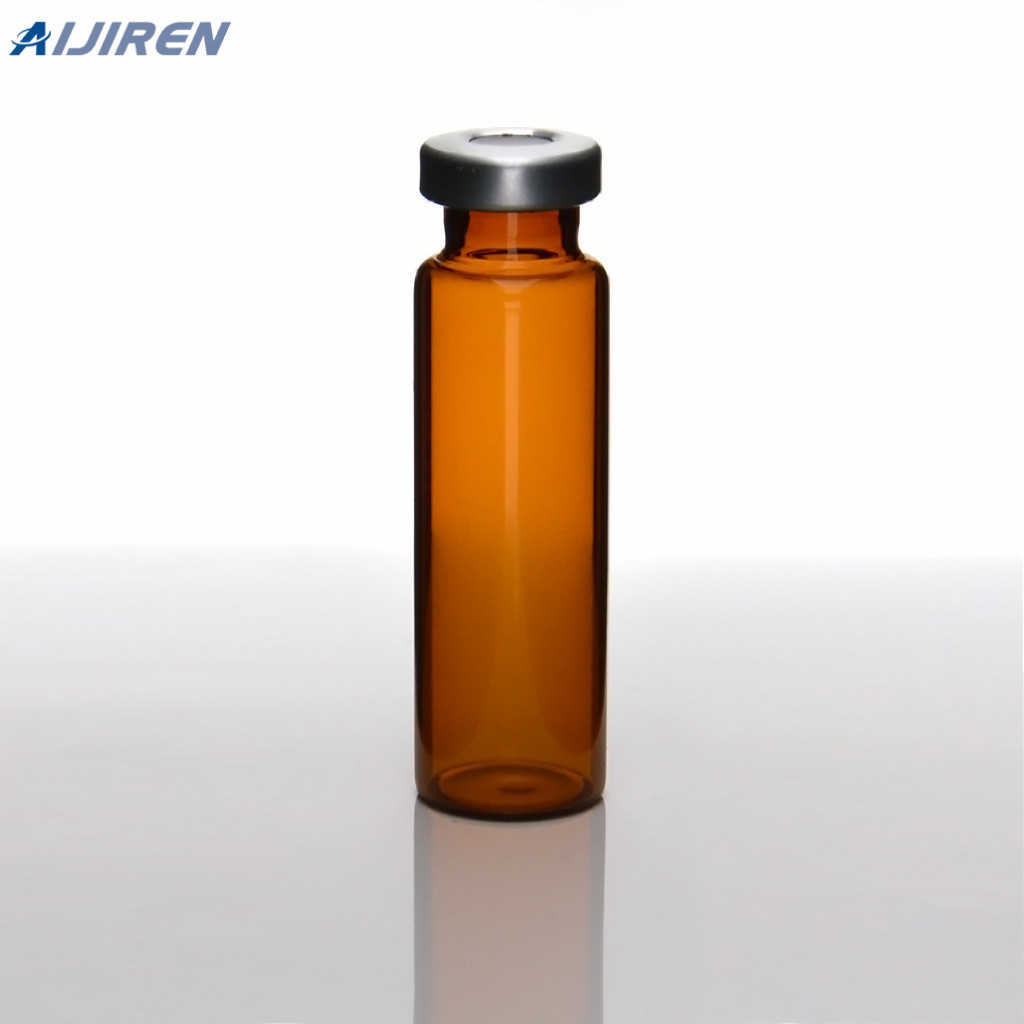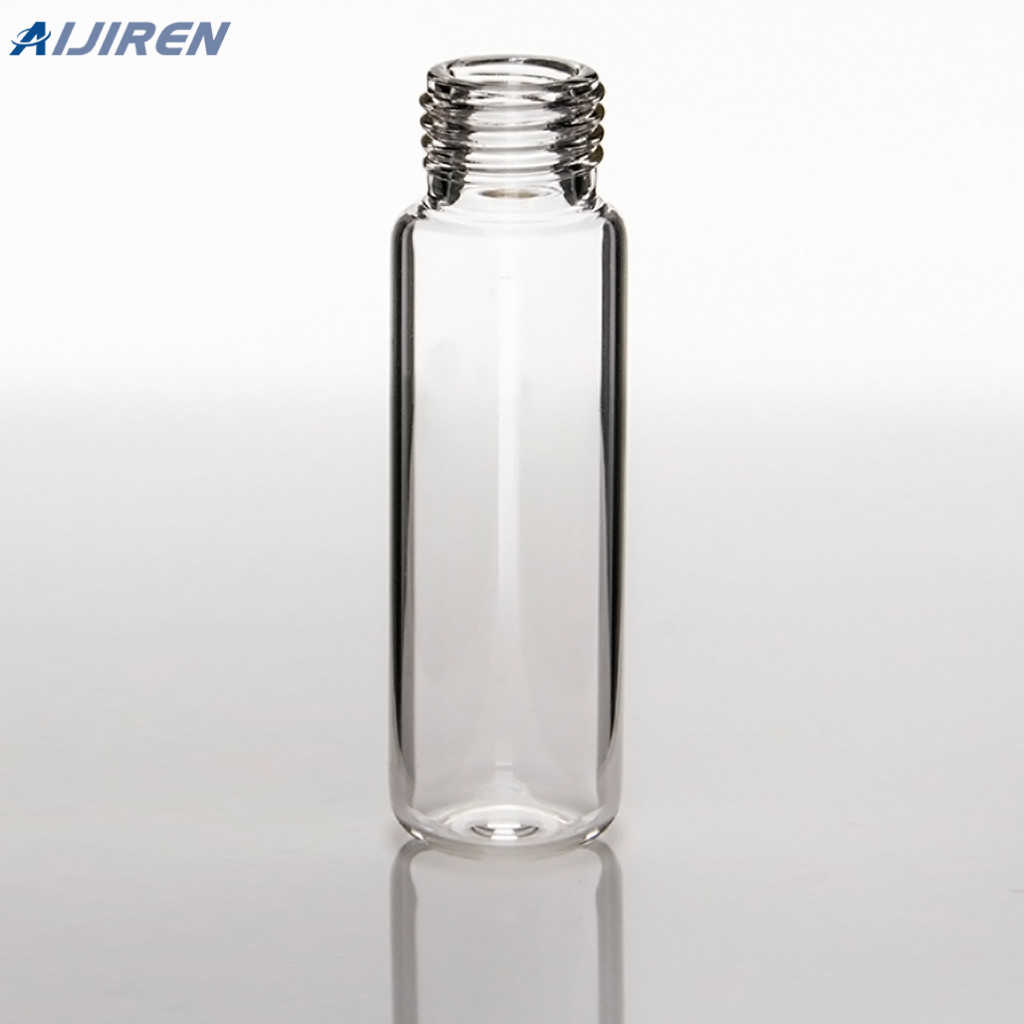
网页2018/07/12 · Mixed cellulose esters. These filters include cellulose acetate and cellulose nitrate. They're highly porous, pure, and have a quick wetting time. These are standard membrane filters used for different applications in laboratories such as air monitoring, contamination analysis, microbiology, and sterilization of biological fluids.
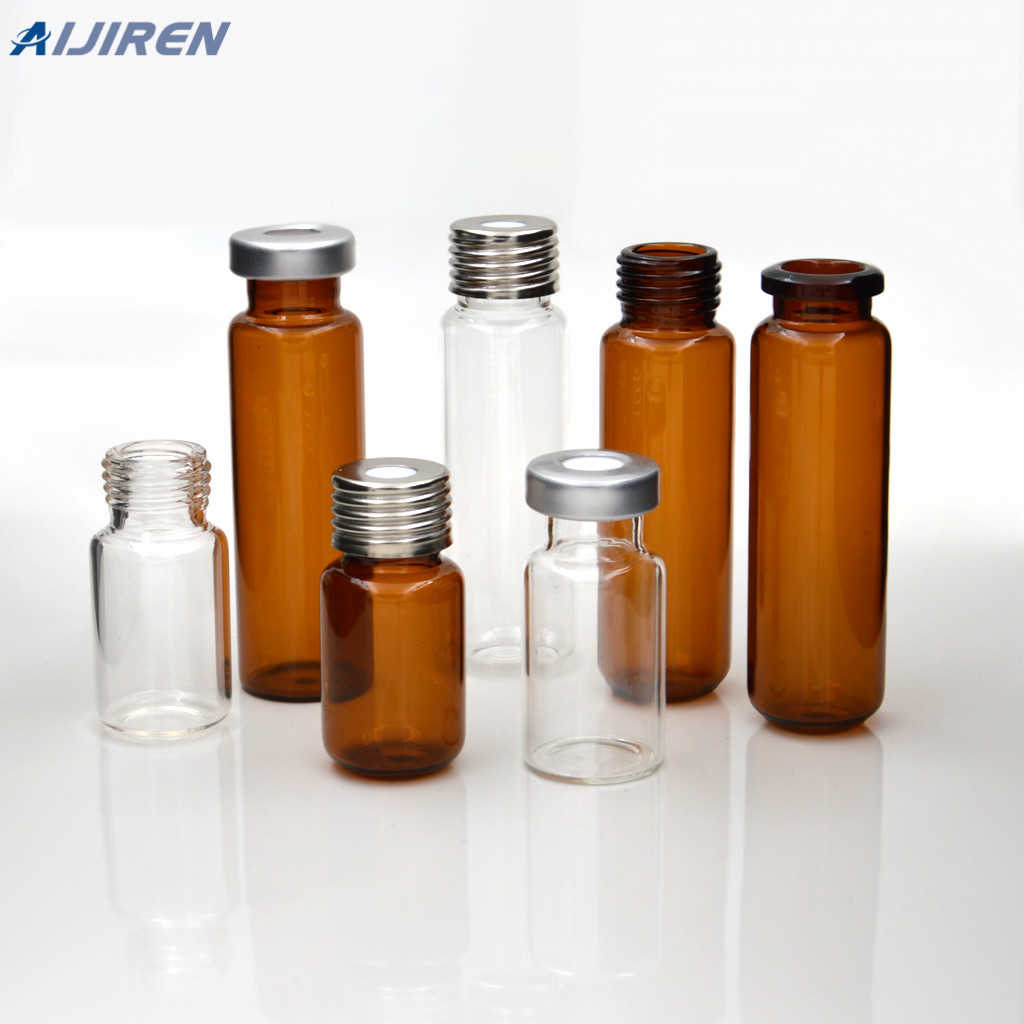
网页2022/05/26 · Uses of Membrane Filter (MF) Technique It is used to analyze a series of dilutions of water samples collected upstream and downstream from an outlet of a sewage treatment plant. EPA-approved guidelines for the determination of fecal contaminating organisms (EPA Method 1103.1) are routinely utilized worldwide to examine water

网页AXIVA - PTFE MEMBRANE FILTERS HYDROPHILIC. Media - Polytetraflouro ethylene (Hydrophilic) with PP support. Hydrophilic PTFE Disc Filters are chemically and biologically inert, and stable up-to. 260°C and will with stand most concentrated acids and
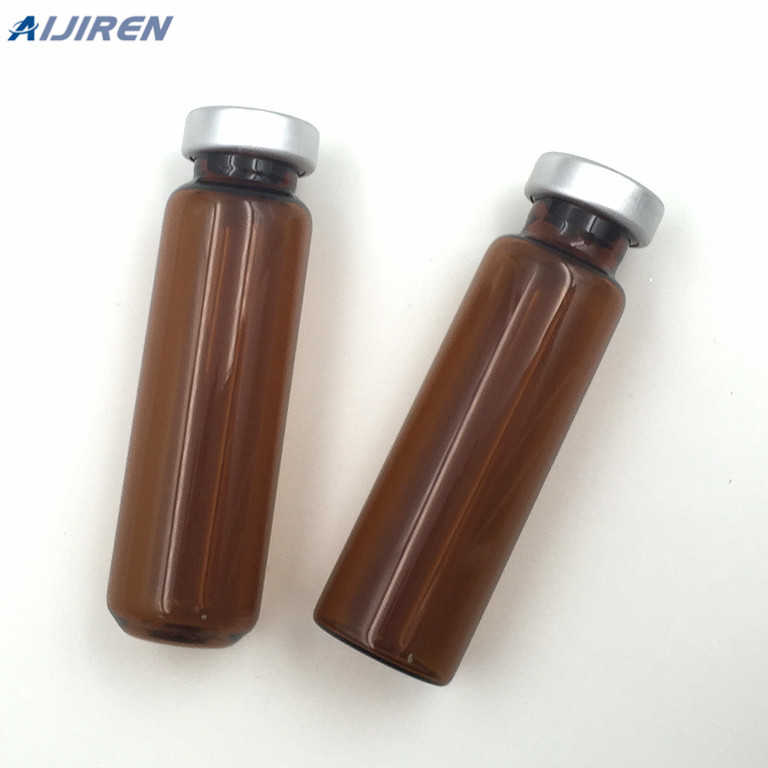
网页Advantec MFS. the filtration area of a 47mm diameter filter (9.6cm 2 ). Membranes are sterilized by ethylene oxide (EtO) gas and are available individually wrapped or in 10-pack envelopes. Membrane specifications and lot number are printed on clear cover of each filter. Advantec's continuous pleated band.
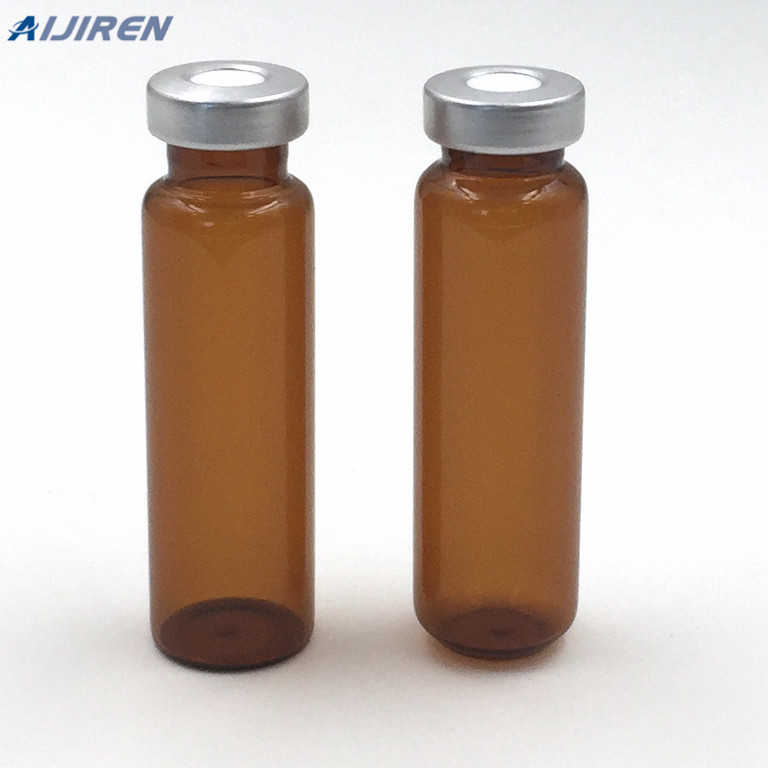

网页2022/01/20 · Construction of a Membrane Filter. Membrane filters are plastic membranes based on cellulose acetate, cellulose nitrate, or mixed cellulose esters with pore sizes in the micron or submicron range. They are very thin, about 120, µ and must be handled carefully. They act like a sieve, trapping particulate matter on their surface.


网页A membrane filter procedure for enumerating Escherichia coli was developed and evaluated. The method quantifies E. coli within 24 h without requiring subculture and identification of isolates. It incorporates a primary selective-differential medium for gram-negative, lactose-fermenting bacteria; resuscitation of weakened organisms by incubation


![<h3>メンブレンフィルターとは | 富士フイルム [日本]</h3>](/wp-content/themes/aijiren/load/12/gc headspace vials for sale.jpg)
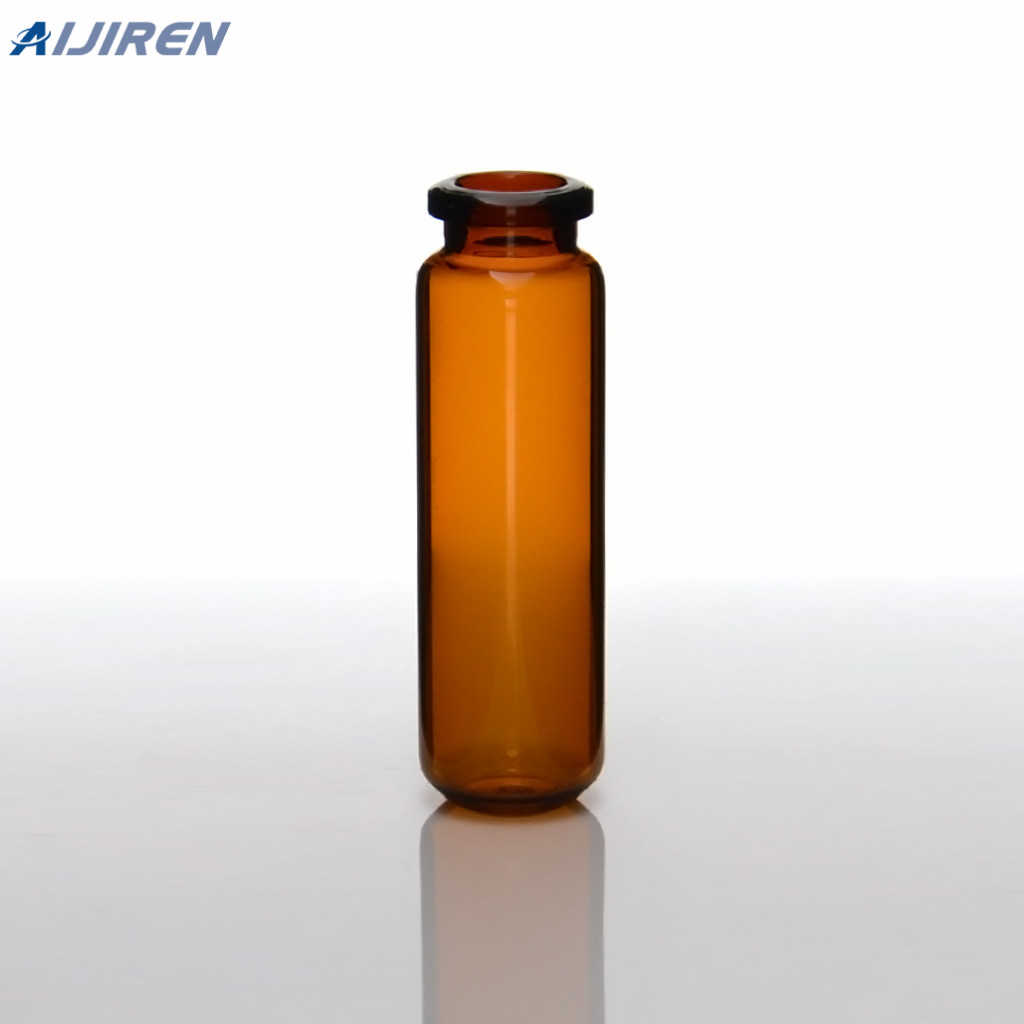
网页Membrane filters made of a colloidal polymer film are used in general particle filtration. They have a complex, open, colloidal-type structure, and in contrast to depth filters, mainly retain caught particles on the surface of the filter. Pore size is one of the most commonly discussed characteristics of a filter.

